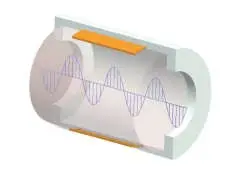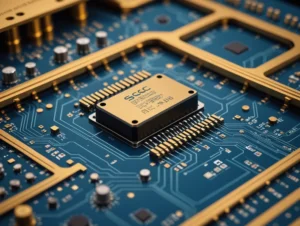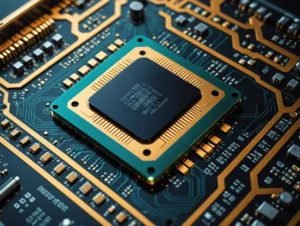The development of optical communication systems has revolutionized modern telecommunication technologies. Starting as a theoretical concept and evolving into a transformative industry, the journey of optical communication demonstrates the power of innovation in leveraging light for transmitting information.

The Early Milestones (1880s – 1960s)
- 1880: The inception of optical communication traces back to Bell’s invention of the photophone, demonstrating the potential for lightwave communication. This marked the first step toward the practical utilization of light in information transmission.
- Pre-1960s: Research focused on media such as gas-filled waveguides and metallic hollow waveguides for light transmission, but practical applications remained unattainable due to limitations in materials and technologies.
The Birth of Modern Optical Communication (1960s – 1970s)
- 1966: Dr. Charles K. Kao proposed using low-loss optical fibers as a medium for optical communication, highlighting their potential for long-distance and high-capacity data transmission. His groundbreaking research earned him the Nobel Prize in Physics in 2009.
- 1970: The first low-loss optical fiber with attenuation of 20 dB/km was developed, validating the feasibility of using optical fibers for data communication.
- Parallel Development: Semiconductor laser diodes were successfully fabricated, marking a major milestone in optical transmission technologies.
Key Technological Breakthroughs (1970s – 1990s)
- 1974: The introduction of the Modified Chemical Vapor Deposition (MCVD) process enabled the production of low-loss optical fibers, reducing attenuation to 1 dB/km.
- 1976: The world’s first practical optical communication system was implemented in Atlanta, achieving transmission speeds of 45 Mbps over a 10-km optical fiber.
- 1980s: The deployment of multimode optical communication systems with speeds of 140 Mbps laid the groundwork for large-scale commercialization.
- 1990s: Single-mode optical communication systems entered widespread use, achieving transmission distances of over 100 km with speeds surpassing 2.4 Gbps. This era also witnessed the commercialization of Erbium-Doped Fiber Amplifiers (EDFA), enabling long-distance high-speed data transmission.
The Era of High-Speed Networks and Innovations (2000s – Present)
- 2000s: Dense Wavelength Division Multiplexing (DWDM) technologies emerged, significantly increasing system capacity. Experimental systems achieved speeds of 40 Gbps, pushing the boundaries of optical communication.
- Present Day: Modern optical networks integrate advanced technologies such as distributed feedback lasers (DFB) and high-efficiency optical detectors, enabling broadband internet and cloud connectivity.
Table: Evolution of Optical Communication Systems
| Year | Achievement | Details |
|---|---|---|
| 1880 | Photophone invention by Bell | Demonstrated lightwave communication potential |
| 1966 | Dr. Kao’s proposal of optical fibers | Introduced low-loss dielectric fibers |
| 1970 | First low-loss optical fiber developed | Attenuation: 20 dB/km |
| 1974 | MCVD process invention | Reduced fiber attenuation to 1 dB/km |
| 1976 | First practical optical communication system | 45 Mbps over 10 km |
| 1980s | Deployment of multimode communication systems | Speed: 140 Mbps |
| 1990 | Commercial use of single-mode systems | Speed: 2.4 Gbps, distance over 100 km |
| 2000s | Introduction of DWDM and high-speed optical networks | Speed: 40 Gbps |
The Impact of Optical Communication
Optical communication systems have profoundly impacted global telecommunication infrastructures by enabling high-speed, long-distance data transmission. Their applications span industries such as cloud computing, medical imaging, and autonomous vehicle technologies, underscoring their importance in the digital age.
As the technology continues to evolve, optical communication is poised to remain a cornerstone of modern connectivity, driving advancements in broadband networks and beyond.





